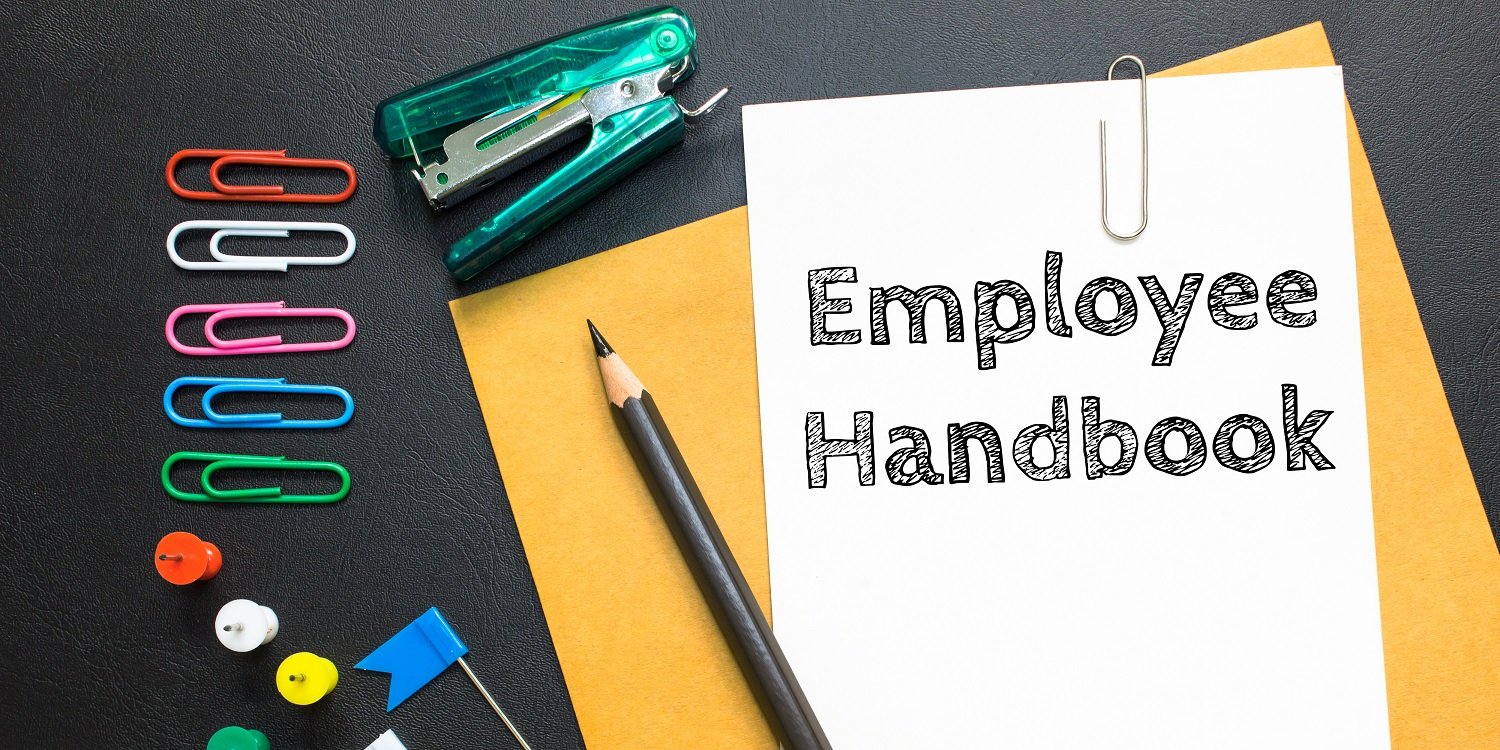Need a new sense of direction? ↗️
Your staff handbook is the blueprint for your childcare center’s operations. By creating a staff handbook, you can ensure that your employees are aware of your center’s values, beliefs, and expectations.
An employee handbook also offers a level of protection when situations arise as protocols are clearly outlined. Use your new employee handbook as a guide to help staff members thrive and seamlessly integrate into your center. ☑️
The Importance of a Daycare Employee Handbook
An employee handbook outlines policies and procedures your staff is expected to understand and follow. This can also be used as a support tool to help with staff onboarding and training.
Think of your handbook as a roadmap when it comes to operating your center. 🗺️
When a new or uncomfortable event happens at your childcare center, you’ll be able to reference your handbook for guidance on handling the situation. Your employee handbook will clearly outline the rules at your center along with the expectations and responsibilities of your staff. This ensures all faculty are on the same page, helps avoid conflict, and creates a unified company culture.
For more tips and tricks, claim your copy of LineLeader's Ultimate Staff Engagement Bundle.
What to Include in Your Daycare Employee Handbook
Your employee handbook should cover the ins and outs of working at your center. This will include job descriptions, dress code requirements, time-off procedures, conduct policies, and more.

1) Introduction
The introduction to your handbook will provide a high-level overview of your center. Include a welcome letter to your staff, the history of your center, and your center’s mission and vision. This will clearly outline your center’s brand and values, setting the tone for future expectations.
2) State Requirements
To begin you’ll want to make sure you’re familiar with labor laws in your state. This will help you understand what you need to offer in terms of leave laws, severance, unemployment, etc. You should also look into what your state licensing regulations require in regard to a handbook. Some have specific requirements but others do not.
3) Job Description and Details
Next, outline the various job descriptions and responsibilities of various positions at your center. Be sure to include information like offered benefits, time off, company holidays, number of sick days allotted, etc.
4) Policies
Your policies and center operating information will take up a large portion of your handbook as they outline protocol and set your expectations of staff members. Be sure to include the following policies in your handbook:
-
Cellphone usage
-
Drugs and alcohol
-
Absenteeism and tardiness
-
Grievance periods
-
Time-off requests
-
Non-discrimination
-
Sexual harassment
-
Payroll
-
Dress code
5) Center Operating Information
Your center operation policies include the day-to-day functions of your center. Be sure to include the following information so all staff and parents understand your center’s protocol:
-
Outline of your center’s spaces
-
Pick-up and drop-off policy
-
Software used (If your center uses a software program like Kangarootime, outline the software features, how the software should be used, and any training staff is expected to take)
-
Budget per classroom
-
Curriculum information
-
Diapering and toileting policy
-
Closing procedures
-
Parent communication guidelines
-
Sick child policy
-
Social media/photography policies
-
Classroom management (cleaning, safety, etc.)
Tip: When in doubt, reference NAEYC’s Code of Ethics.
If you’re faced with a situation you haven’t prepared for and are unsure of how to handle it, refer to NAEYC’s Code of Ethical Conduct to ensure your center is compliant and the situation is handled properly.
6) Orientation and Training Information
When new staff members join your center, make sure they’re aware of how they’ll be onboarded. Include any orientation or training information in your handbook. Whether they’ll use training materials, shadow a teacher, or have a mentor, make sure they’re fully aware of these procedures.
7) Emergency procedures
If your center is closing due to inclement weather, experiencing a medical emergency or a fire outbreak, etc., make sure a plan is in place. Outline your emergency procedures in your handbook to help ensure the safety of both your staff and the children in your care.
8) Contact Information
Include your center’s contact information along with whom staff should contact if they have questions or concerns regarding the handbook. You can also use this section to collect your staff member’s contact information.
9) Signature page
Finally, have you and your staff members sign your handbook as a sign that you both have read it and agree to the terms.

%20(940%20%C3%97%20550%20px)-16.png?width=352&name=Copy%20of%20Featured%20Blog%20Photo%20Templates%20(940%20%C3%97%20940%20px)%20(940%20%C3%97%20550%20px)-16.png)
%20(2).png?width=352&name=Untitled%20(400%20x%20250%20px)%20(2).png)
.png?width=352&name=_blog%20roundup-%20email%20images%20(11).png)
